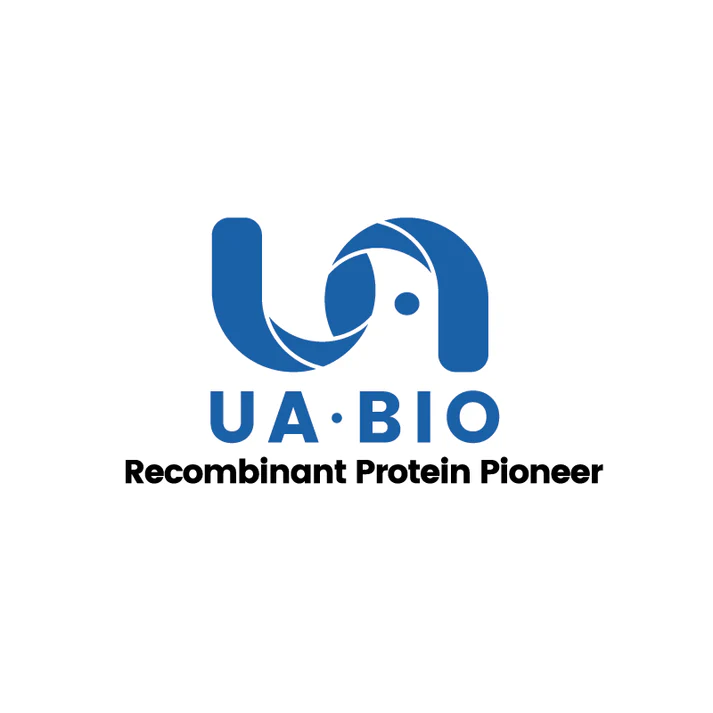2μg (R: reducing condition, N: non-reducing condition).
Product Details
Product Details
Product Specification
| Species | Mouse |
| Synonyms | Tumor necrosis factor ligand superfamily member 13B; B-cell-activating factor; BAFF; CD257 |
| Accession | Q9WU72 |
| Amino Acid Sequence | Ala127-Leu309 |
| Expression System | HEK293 |
| Molecular Weight | 20-22 kDa (Reducing) |
| Purity | >95% by SDS-PAGE. |
| Endotoxin | <0.1EU/μg |
| Conjugation | Unconjugated |
| Tag | No Tag |
| Physical Appearance | Lyophilized Powder |
| Storage Buffer | 20mM PB, 500mM NaCl, pH7.0 |
| Reconstitution | Reconstitute at 0.1-1 mg/ml according to the size in ultrapure water after rapid centrifugation. |
| Stability & Storage | ·12 months from date of receipt, lyophilized powder stored at -20 to -80℃. |
| Reference | MedComm (2020). 2023 May 17;4(3):e274. |
Background
BAFF, also known as BLyS, TALL-1, THANK, and TNFSF13B, is a 32 kDa transmembrane glycoprotein belonging to the TNF ligand superfamily. It plays a crucial role in the survival, proliferation, and differentiation of B cells. Mouse BAFF shares 72% amino acid sequence identity with human BAFF within its extracellular domain. This cytokine is produced by various hematopoietic cells, including monocytes, macrophages, neutrophils, dendritic cells, T cells, and adipocytes. BAFF binds to three receptors primarily expressed by B cells: BAFF-R, TACI, and BCMA. Elevated BAFF levels are associated with autoimmune diseases and B cell malignancies.
BAFF has gained attention in the field of organoid culture due to its critical role in B cell biology and its potential to influence the immune microenvironment within organoids. For example, in organoids derived from lymphoid tissues, BAFF can help maintain B cell viability and support the formation of germinal centers.
Picture
Picture
SDS-PAGE
ELISA
Measured by its binding ability in a functional ELISA. When Recombinant Mouse BAFF is immobilized 2µg/mL (100 µl/well), Recombinant Mouse BAFFR (UA010419) binds with an EC50 of 0.013-0.035μg/ml.


